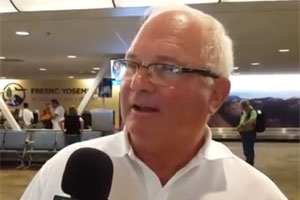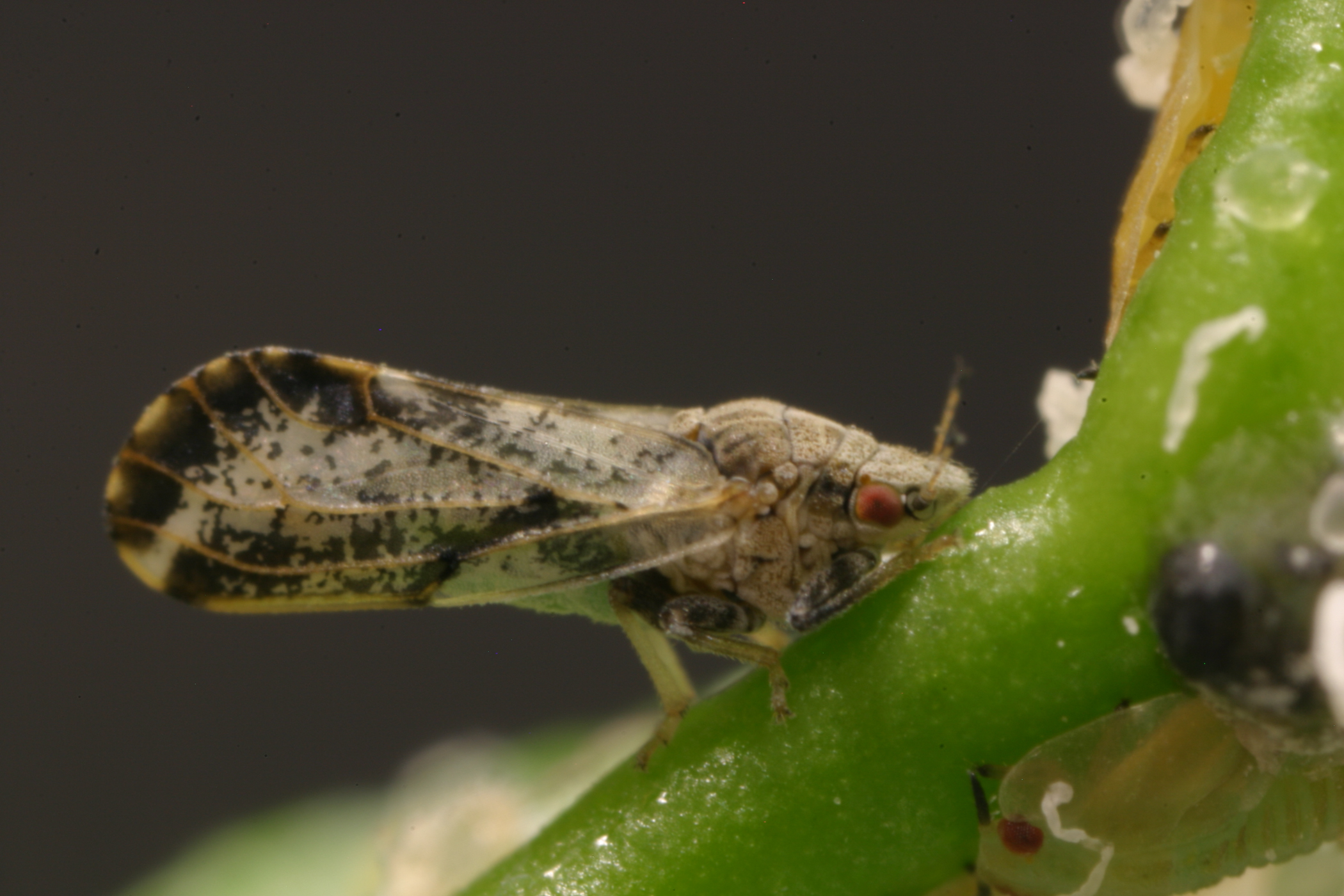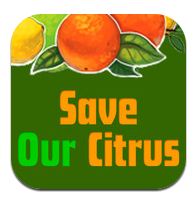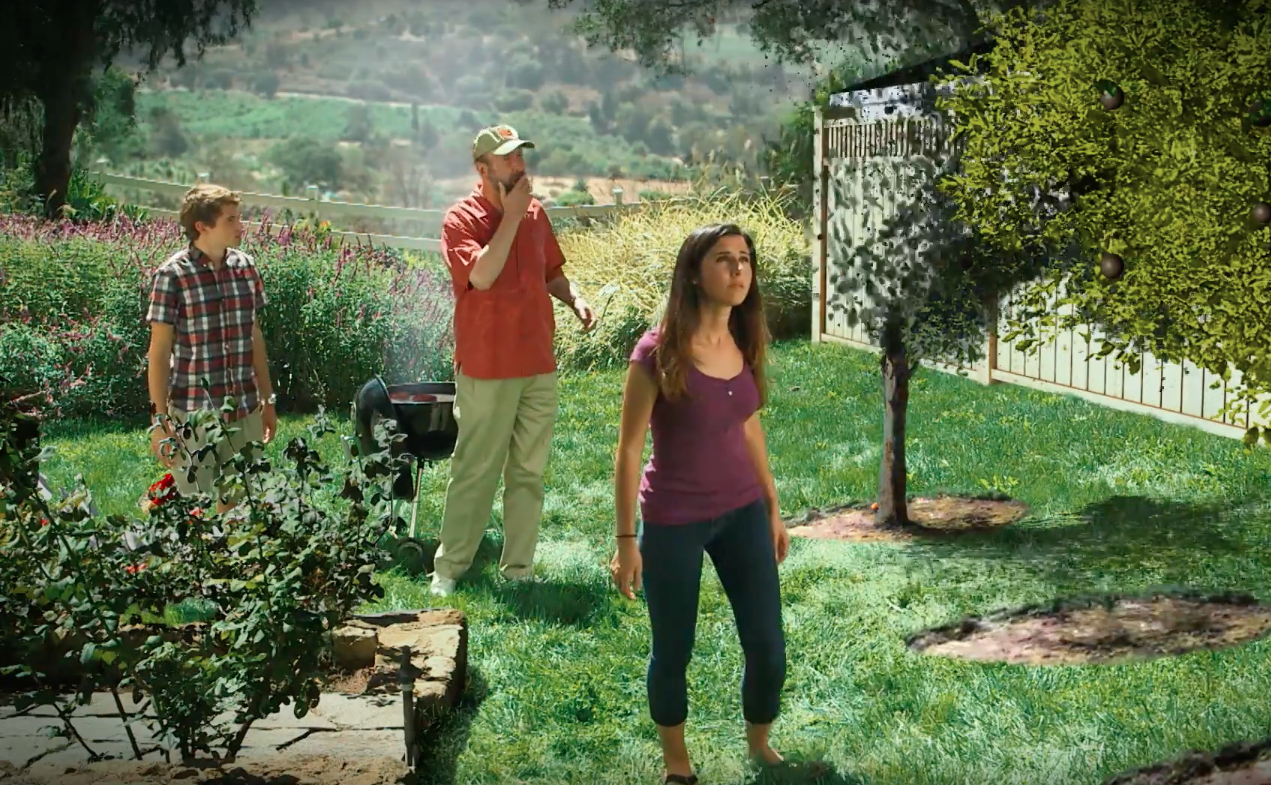Nov 9 Annual Ag Awards Luncheon Honors Manuel Cunha, Booth Ranches
Manuel Cunha, Agriculturist of the Year
By Laurie Greene, Editor
On Wednesday afternoon, November 9, the Who’s Who of Agriculture will gather at the long-standing celebratory Annual Ag Awards Luncheon in Valdez Hall at the Fresno Convention Center to commemorate the achievements of an individual and a company in the County’s agricultural industry.

This year’s Agriculturist of the Year Award recipient is Manuel Cunha, president of the Fresno-based Nisei Farmers League. “Everybody knows Manuel Cunha—a legend in Valley Ag as president of the Nisei Farmers League for two decades,” Ahle said. “ This gentleman is a force to be recognized with when it comes to fighting for our farmers, fighting for water, fighting for anything and everything that has to do with agriculture in the Central Valley.”

2016 Fresno Chamber of Commerce Agriculturist of the Year recipient, Manuel Cunha, president, Nisei Farmers League.
Nisei Farmers League, established in 1971, informs grower members about ever-changing regulations and policies and provides legal assistance for labor and workplace-related issues. The league’s leadership and staff maintain a close working relationship with local, state and federal agencies and legislators to assure grower interests are adequately understood and defended.
The League also collaborates with other grower and agricultural organizations in California and other states to help provide a powerful and unified voice for the agricultural community. The Nisei Farmers League is all about strength, clear focus and growers looking out for growers and farmworkers.
This year’s Ag Business Award recipient, Booth Ranches, is a premium San Joaquin Valley citrus grower. Otis Booth, Jr. founded Booth Ranches in 1957 on 40 acres by the foothills of the Sierra Nevada Range near Orange Cove.
Today, Booth Ranches is still family owned and operated on acreage from Orange Cove in the Northern San Joaquin Valley to Maricopa in Kern County to the South. Pasadena-born, fifth-generation farmer Loren Booth currently manages Booth Ranches which boasts premium Navel oranges, Valencia oranges, Cara-Caras, Minneolas and W. Murcott Mandarins that are distributed worldwide.
The selection panel went through a tough selection process, according to Ahle. “Those who have been in the Valley longer than I have tell me this is the strongest group of candidates for the award that we have ever had. I think it just speaks to the great passion that we have for Ag in this community, and Manuel Cunha and the team at Booth Ranches are great, great recipients.”

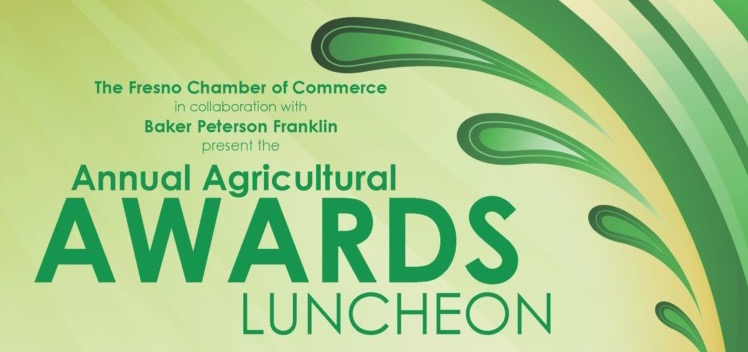

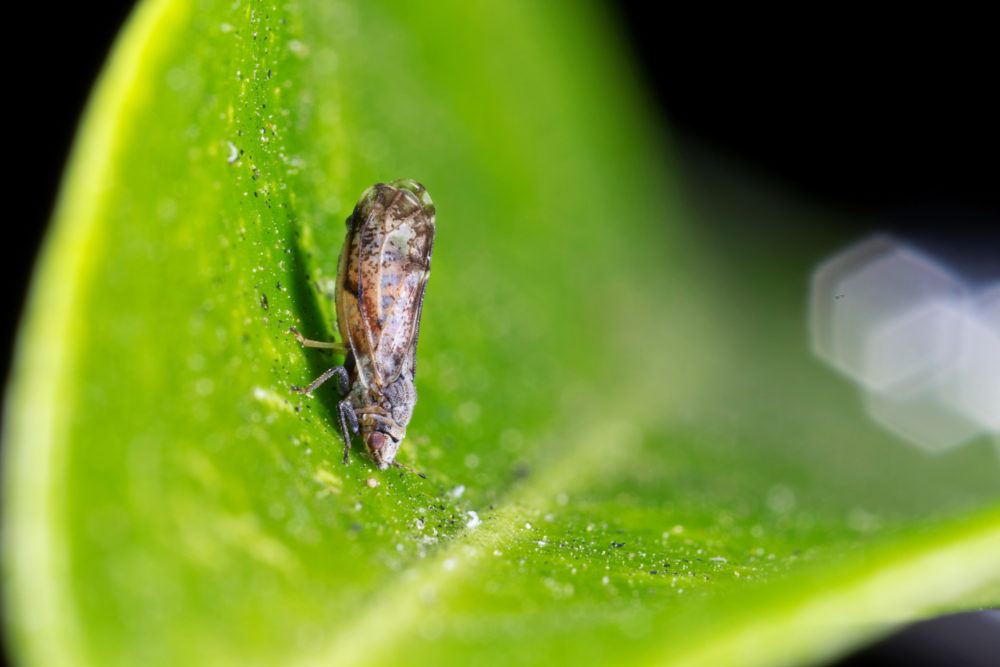




 In a ingenious effort to control the spread of the psyllid, t
In a ingenious effort to control the spread of the psyllid, t







